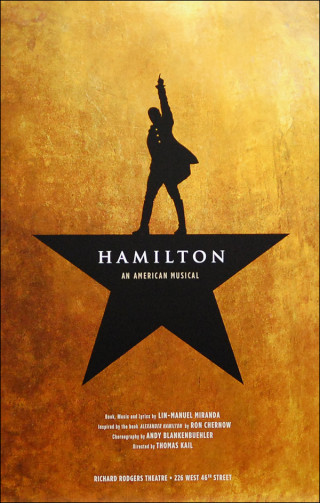When you first get a full-time gig as a humanities professor, the most important part of your job, aside from teaching students, is publishing a book that will earn you tenure. So it is a measure of just how much I loved Hamilton that I chose to take time away from writing my book in order to write an unpaid article about the show. The essay that I published in the academic journal The Public Historian argued that, while the play is praised for its racially adventurous casting, it in fact uses the talents, bodies, and voices of black artists to mask an erasure of people of color from the actual story of the American Revolution. The initial article was well received, with responses including kudos emailed by Junot Diaz, and four excellent, thoughtful responses by my colleagues commissioned by the blog of the National Council on Public History. However, as soon as interviews about the piece were published in Slate and The New York Times, in April 2016, personal attacks started showing up in my Twitter mentions.
As I struggled not to drown in the tidal wave of negative comments — ranging from outright trolling by the usual suspects to very sincere distress from young women of color — I quickly realized how much of a gap there is between humanities scholars’ understanding of the work we do, and the impression held by so many of the readers of popular publications. Most of the comments were some variation on accusations of my not understanding that Hamilton is not actually a work of academic history; questioning my knowledge of the past; or alleging that I was myself “promoting stereotypes” for my discussion of the ways in which race functions in the musical.
I realize that some would urge me to put “readers” in quotation marks; there is little doubt that most of the people who attacked me on social media or commented on the articles about my critique of Hamilton did not read past the headlines of the articles. But while many are inclined to dismiss these commentators as unqualified, I choose not to do so. Instead, I see their knee-jerk defense of the work that they adore as indicative of the very same forces that swept Donald Trump into office later that same year. Namely: our cultural resistance to nuance; our need for things to be black or white, good or bad, right or wrong. In this case: Hamilton was either liberatory and revolutionary and racially subversive, OR it was evil and bad and should never have been written much less performed much less lauded. Most of us who make a career out of studying, writing, and teaching about culture can never view cultural products as so one-sided. Indeed, what makes art art for me is its “multivocality” — the ways in which it draws on and remixes an infinite number of cultural products and practices so as to mean many different things to many different people — indeed, many things to the same single person. The very fact that every time I listen to the soundtrack — and no doubt every time I see the show (I’ve only managed one viewing so far — if you’ve got a spare ticket, lmk ;) ) — I learn new things is a sign that it is a truly great piece of art.
